OmniLux Photodynamic Therapy Light Source
OmniLux Photodynamic Therapy Light Source.
Photodynamic therapy, which entails the use of a photosensitizing topical medication in conjunction with exposure to red or blue light as a treatment for acne, can be quite an effective treatment.
This procedure is a good alternative to many acne treatments to include isotretinoin. Accutane and oral antibiotics. Some researchers have shown it to have similar effectiveness to these more traditional treatments. This type of treatment generally requires multiple sessions to achieve such results.
The advantages of Omnilux therapy
- Stimulates the bodies own cellular mechanisms by photomodulation
- Not a laser or an IPL so no heat, no side effects or downtime
- Non-invasive, non-ablative safe therapy
- No damage to sub-dermal tissue
- Relaxing and calming experience
- Allows treatment of large areas such as the face and chest
- Simple to operate
- Economically viable
The Importance of Your Light Source for Photodynamic Therapy
Photodynamic therapy (PDT) has been used for a variety of dermatologic conditions for many years. In the United States, PDT is considered an effective first-line therapy for treatment of skin with actinic keratoses (AK). PDT is a common therapeutic option in dermatology practices. The most commonly used photosensitizer is aminolevulinic acid (ALA). Sold under several different brand names worldwide and a variety of formulations, ALA, and variations/derivatives, is considered today’s safest and most effective PDT photosensitizing drug.
Mechanism of Action
Conventional PDT for the treatment of AKs, and in Europe basal cell carcinoma (BCC) and nonmelanoma skin cancer, involves the photoactivation of protoporphyrin IX (PpIX). This occurs after prodrug ALA application and uptake, PpIX selectively accumulates in the atypical, dysplastic, or malignant cells. Upon illumination, photoactivation and photobleaching of PpIX occurs, generating oxidative stress and free radical reactive oxygen species (ROS). This initiates inflammation and ensuing cytotoxicity, resulting in preferential apoptosis and necrosis of abnormal cells.
To generate a therapeutic effect, the spectral output of the light source should correspond to the excitation peaks of the photosensitizer. PpIX has 2 important therapeutic peaks, 404 to 420 nm in the violet-blue spectrum, and 633 nm in the red wavelength region. The depth of light penetration into the skin increases with longer wavelengths. Although blue light allows sufficient tissue penetration for the treatment of superficial AKs, red light penetrates much deeper into skin (up to 8-mm deep) and is more effective for the treatment of thicker lesions such as BCCs when combined with ALA.

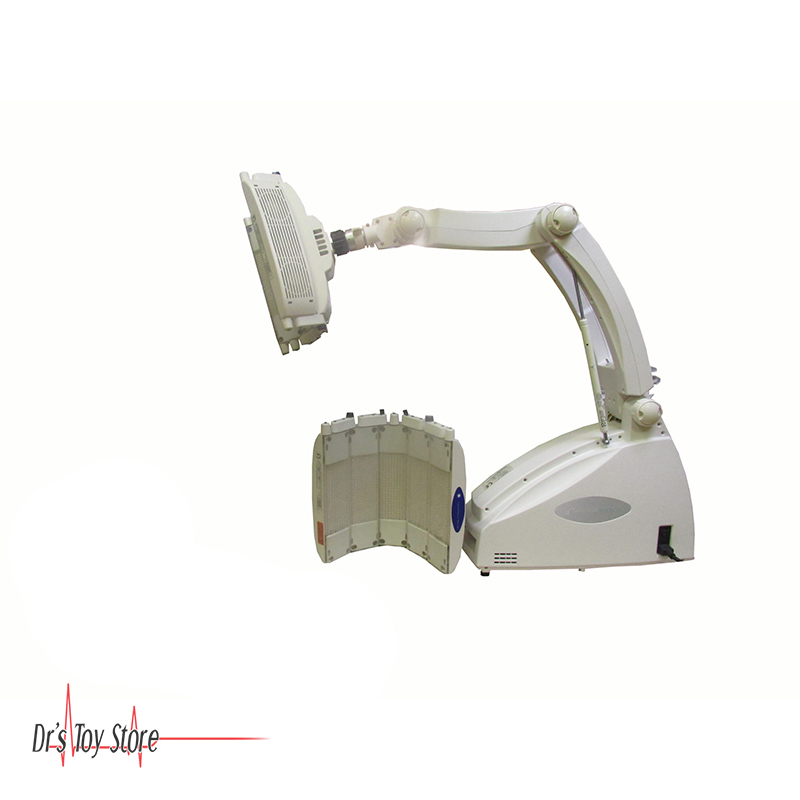
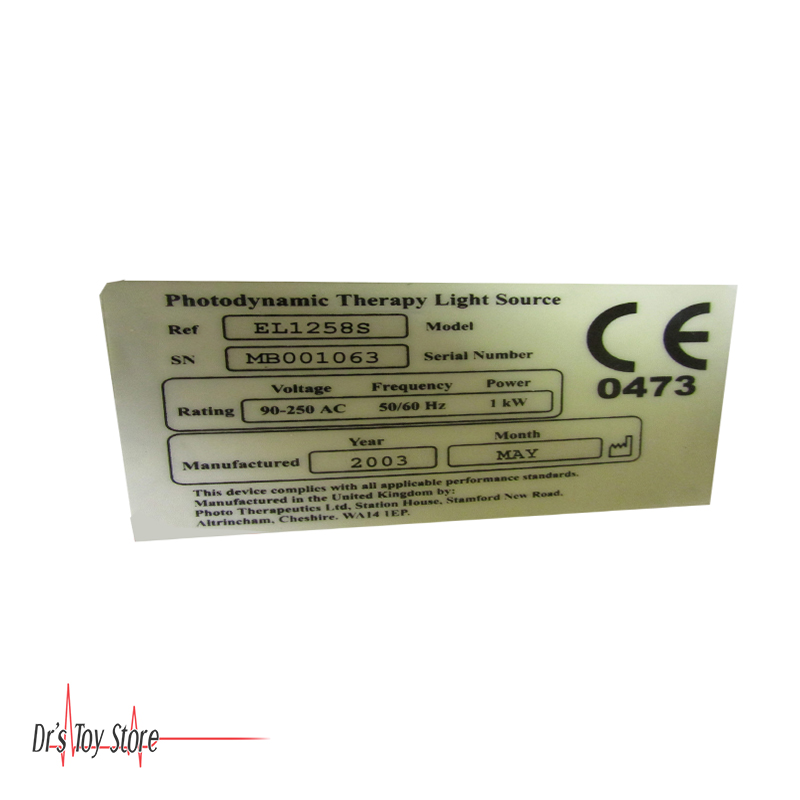
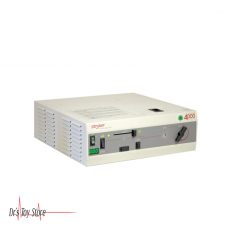
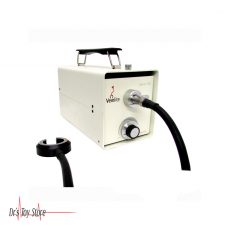

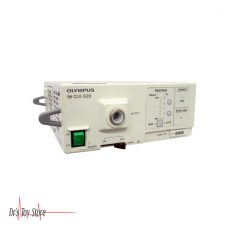
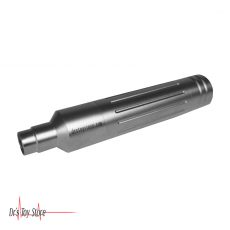
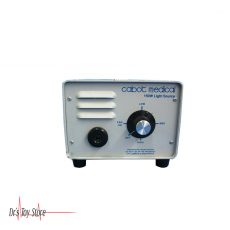
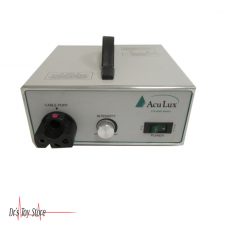
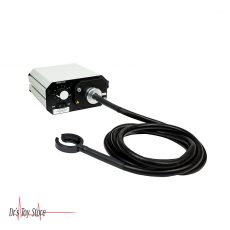
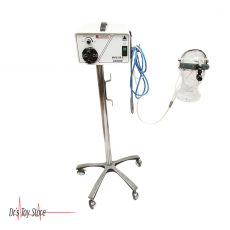

Reviews
There are no reviews yet.